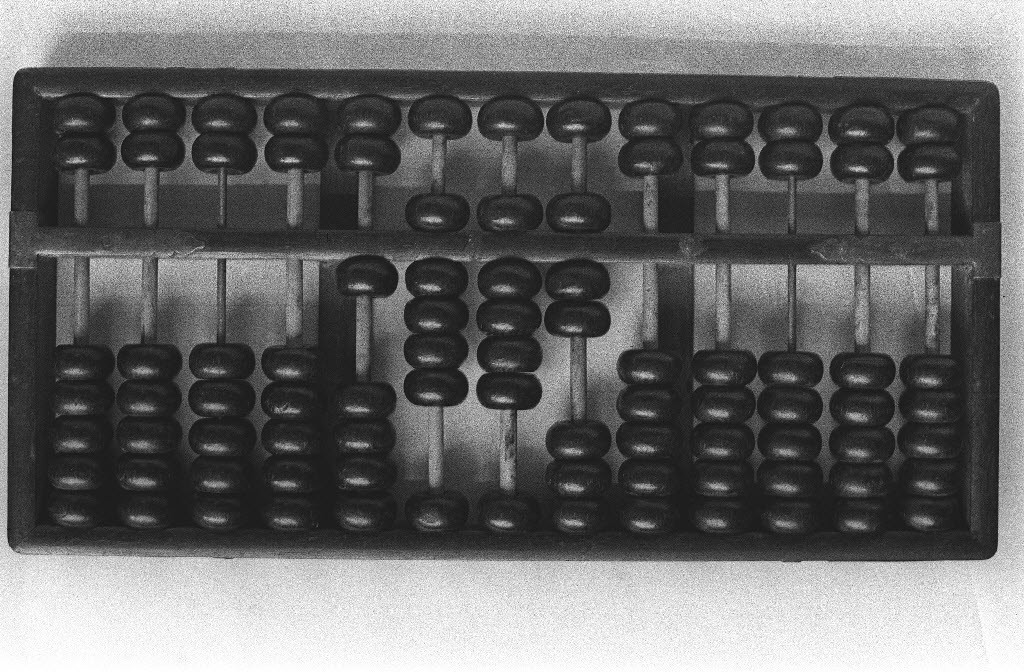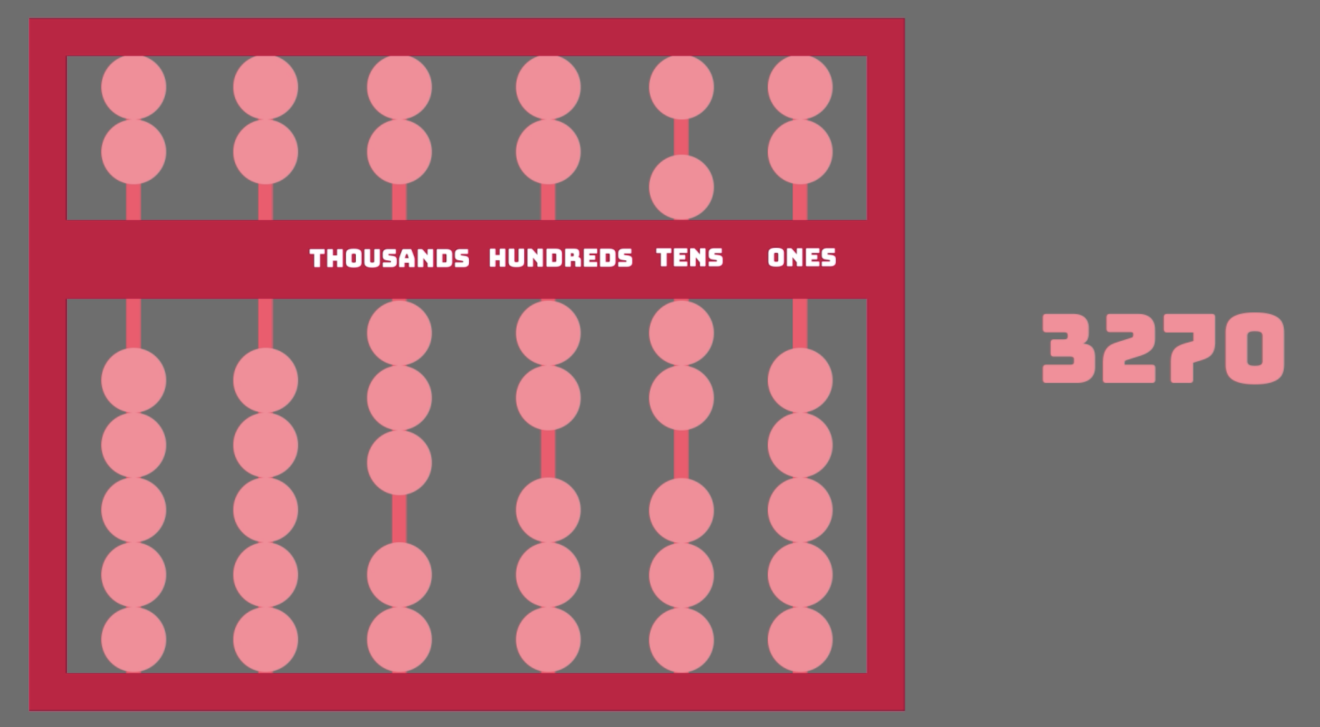
Abacus, the oldest gadget on Earth
The abacus is an ancient calculating tool that was widely used in parts of Asia until recent decades. Consisting of a wooden frame and moving beads, it lets you do mathsperform calculations just by flicking your fingers.
Before the world had electronic calculators, smartphones, the Google search bar, or even paper -- there was the abacus. The simple rectangular gadget doesn’t require batteries, RAM, or the internet to run. Spill your coffee on it? No problem -- it’s also waterproof.

The question of who invented the abacus in its present form is a matter of debate. Some historians insist it was born in China -- while others say it was brought there by Roman merchants. There are also different variants of the abacus: The Chinese version is called suanpan, and the Japanese one is called soroban.
How to use a Chinese abacus
It may look complicated, but the abacus operates on some very simple principles.

There are two beads in the upper section called the heaven beads, each having a value of 5. There are five beads in the lower part called the earth beads, each having a value of 1. And a bead is only counted if it’s slid towards the bar in the middle.
The column on the right end represents single digits, the next one to the left is tens, then hundreds, and thousands, and so on.
This abacus, for example, reads 3,270…

- The three lower beads pushed up in the thousands column Is 3,000
- The two lower beads pushed up in the hundreds column is 200
- One bead from above and two from below pushed together in the tens column is 70
- And leaving all the beads in their original place is zero
Adding on an abacus is as simple as sliding the number of beads you want to add to the column.
Let’s show you how that works by adding 819.
Starting with the farthest-right column, you add 9 by pushing one upper bead and four lower beads towards the center.

Next, you add 1 to the second column by pushing one lower bead to the center.

Finally, we need to add 8 to the third column by pushing one upper bead and three lower beads to the center.

See that all five lower beads are pushed up? When that happens, we can clear and replace them with one bead from above.

But now we have all two upper beads pushed down. Once again, you can clear them and move one lower bead up in the next column.

And there you go: 3,270 + 819 = 4,089

Anything else I can do with an abacus?
For more insights into China tech, sign up for our tech newsletters, subscribe to our Inside China Tech podcast, and download the comprehensive 2019 China Internet Report. Also roam China Tech City, an award-winning interactive digital map at our sister site Abacus.

